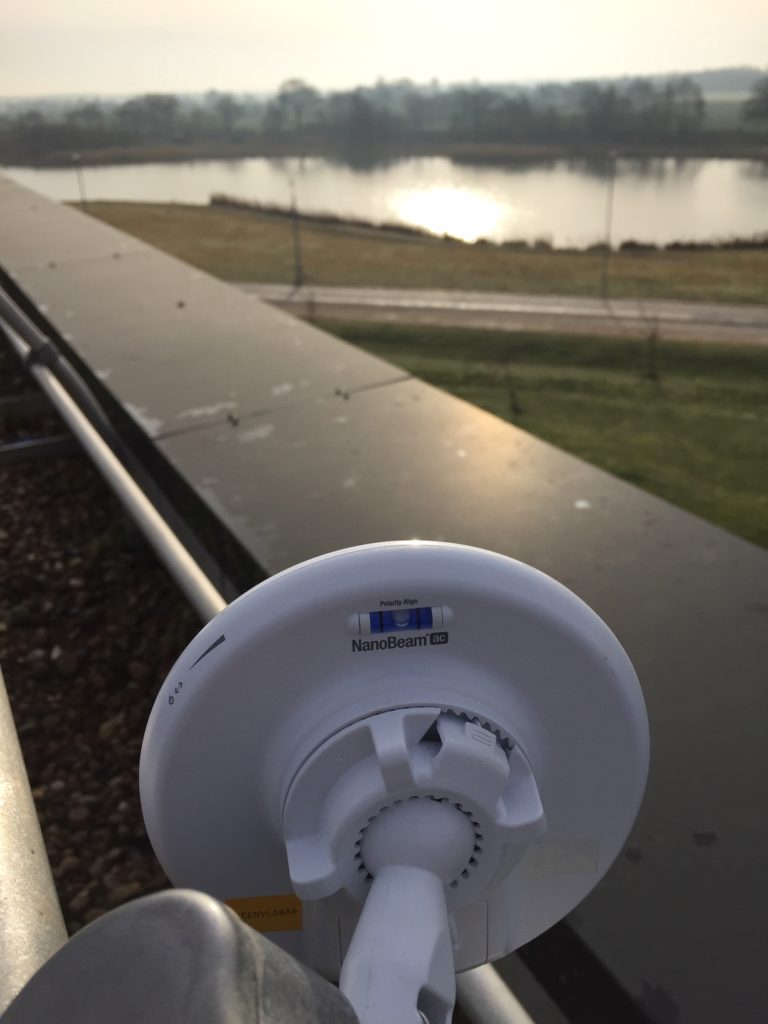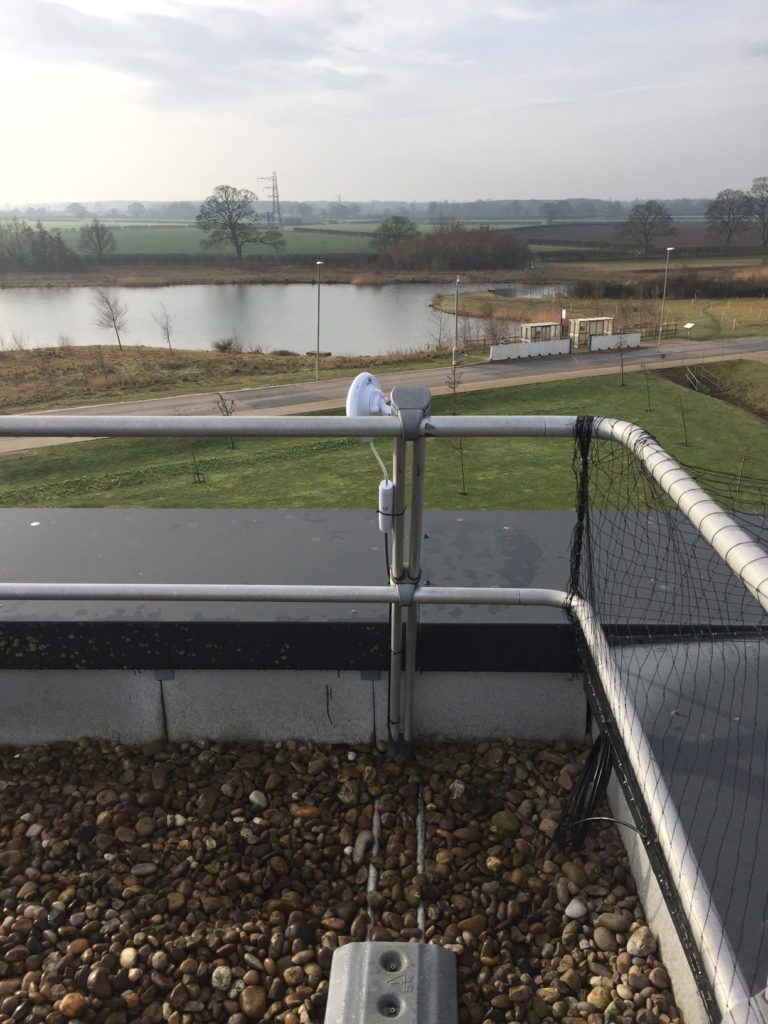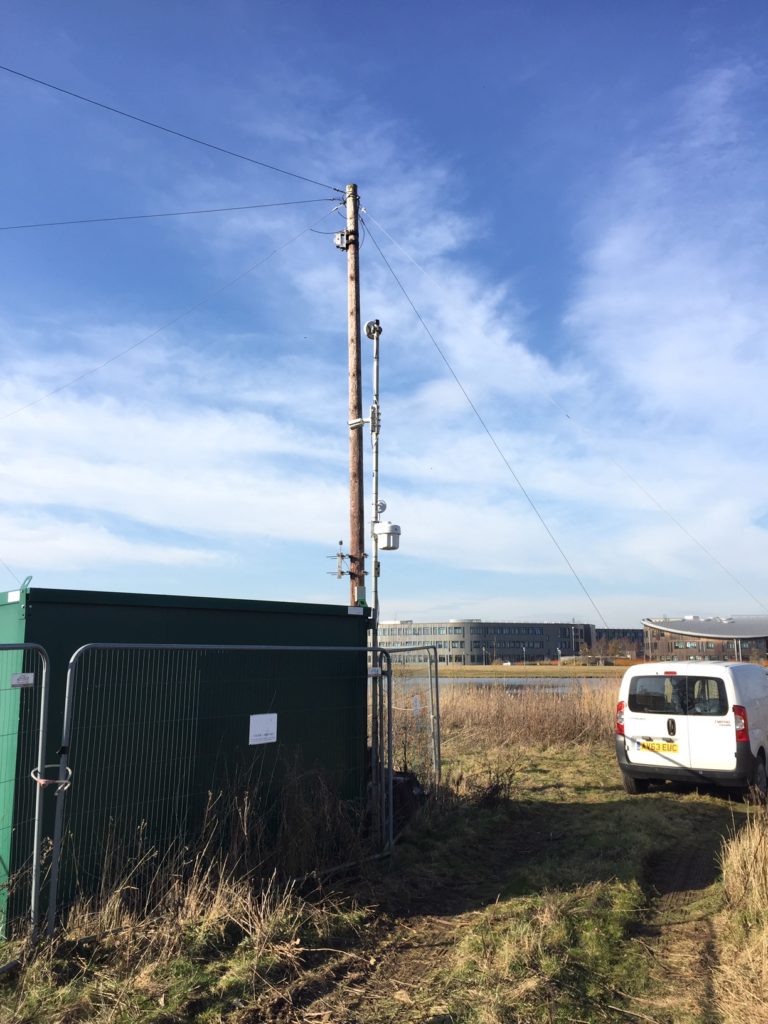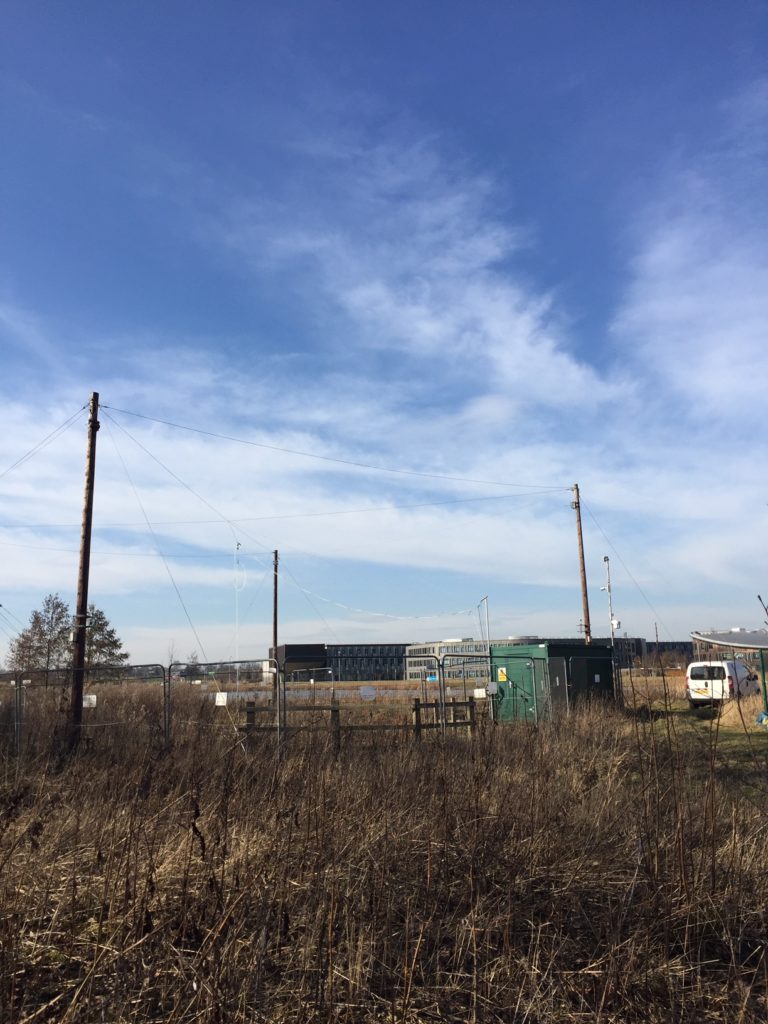We all know the first stage in Wi-Fi design is to gather the requirements. But what if you can’t? Or you know full well that whatever requirements are outlined, they’ll probably change tomorrow. What if gathering all the potential stakeholders together in order to work out what on earth they actually all want is impossible? What if you have to support pretty much any client that’s been on the market in the last 5-10 years? Welcome to designing Wi-Fi for Higher Education.
BYOD has been a thing for some time now, as people expect to use their personal mobile device on the company Wi-Fi but even among corporates that have embraced this, there’s usually a high level of control that underpins assumptions about the network. Employees are often issued laptops/phones that are managed with group policy or some form of Mobile Device Management (MDM). IT can push out drivers and can usually decide what hardware is supported. For genuine BYOD there’s usually a policy to determine what devices are supported and that list is reasonably well controlled, limited to business need.
In the HE sector that doesn’t apply. Yes we have managed laptops, which are known hardware running a centrally controlled build, but the majority of devices on our network are personal devices belonging to students. We provide services to academic departments, but if they decide they’re going to buy whatever they like and then expect us to make it work…. that’s pretty much what we’re there for.
Then there’s the question of what users are going to be doing… and we don’t know. Users and research groups move around. Recently a team with a habit of running complex, high bandwidth SQL queries over the Wi-Fi moved out of their office where the network met their needs to a different building where it didn’t and the first I knew about it was complaints the Wi-Fi was down (it wasn’t down, it was just busy but more on that another time)
Yes there are some communication and policy problems where improvements could be made, but the key to designing a network well for HE is to be flexible and as far as possible do what you can to make things futureproof.
“Hahahahaha…. Futureproof” I hear you guffaw. Indeed, what this means practically is making sure we have enough wires installed for future expansion. Our spec is for any AP location to have a double data socket, and we put in more locations than we intend to use precisely to allow flexibility. This can be a hard sell when the budget is being squeezed, but it has paid off many times, and is worth fighting for.
Some of the key metrics of UK universities focus on the student experience. We prioritise delivering a good service to study bedrooms – something that has required wholesale redeployment of Wi-Fi to some buildings.
And so, dear reader, you’ll realise that we do have some requirements defined. Experience and network monitoring tells us we have a high proportion of Apple iOS devices on the network – so coverage is based on what we know helps iPhones roam well. We know a lot of those devices are phones so we factor that into the RF design. We know how much bandwidth our users typically use – it’s surprisingly little but we do have to support netflix in the study bedrooms.
To allow for the relatively high density of access points required to deliver the service students expect we use all available 5GHz channels across our campus and we use a four channel plan on 2.4GHz – both bad news according to some people, but it works.
Perhaps the most important aspect of providing Wi-Fi for the weird combination of enterprise, domestic, education and unpredictable research demands that Higher Ed brings is to make sure you say “yes”. The second you tell that professor of robotics they can’t connect to your Wi-Fi, a dozen rogue APs with random networks will pop up. Agile, flexible, on demand network design is hard work but it’s easier than firefighting the wall of interference from that swarm of robots…. or is that a different movie I’m thinking of?



